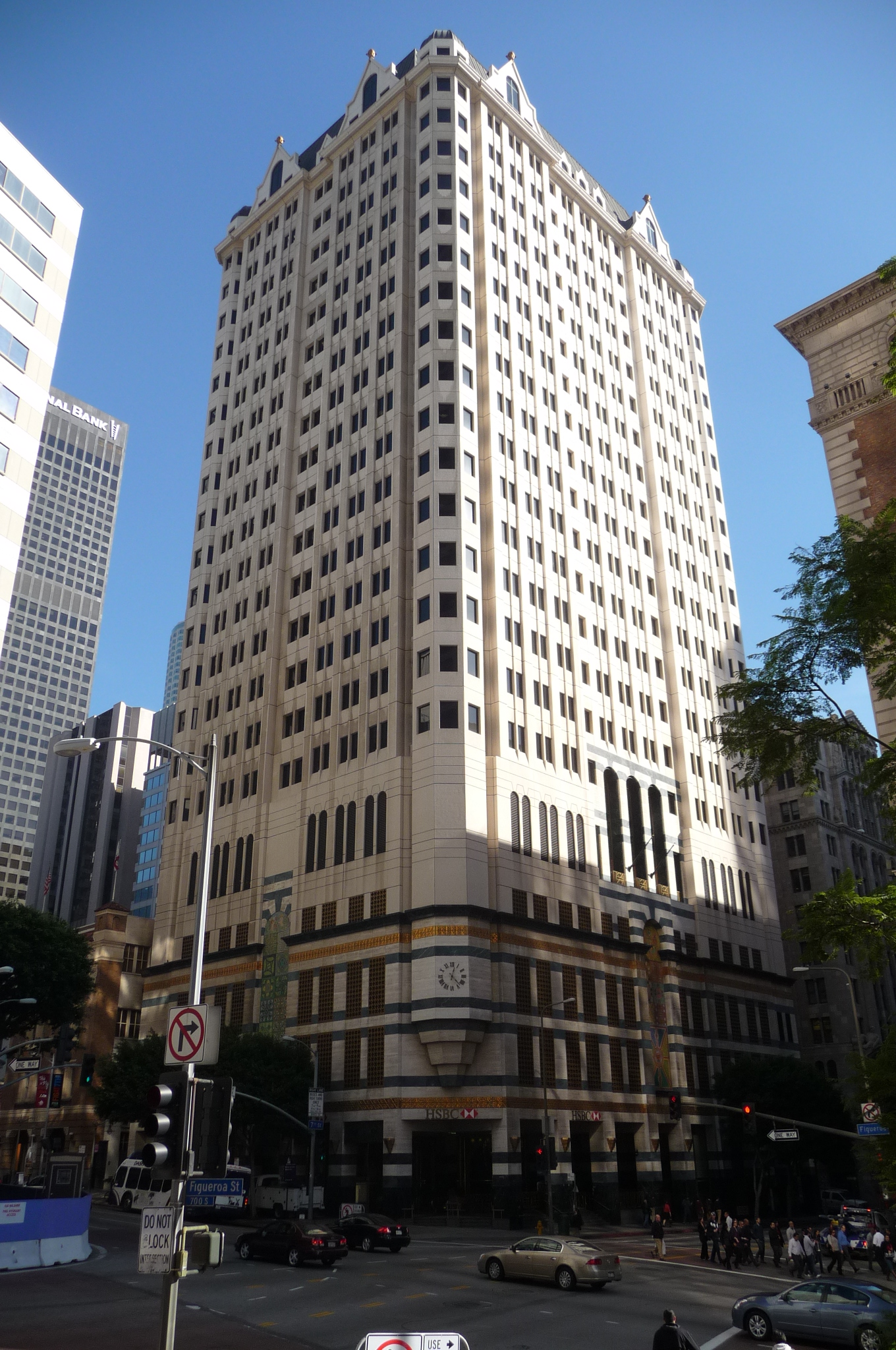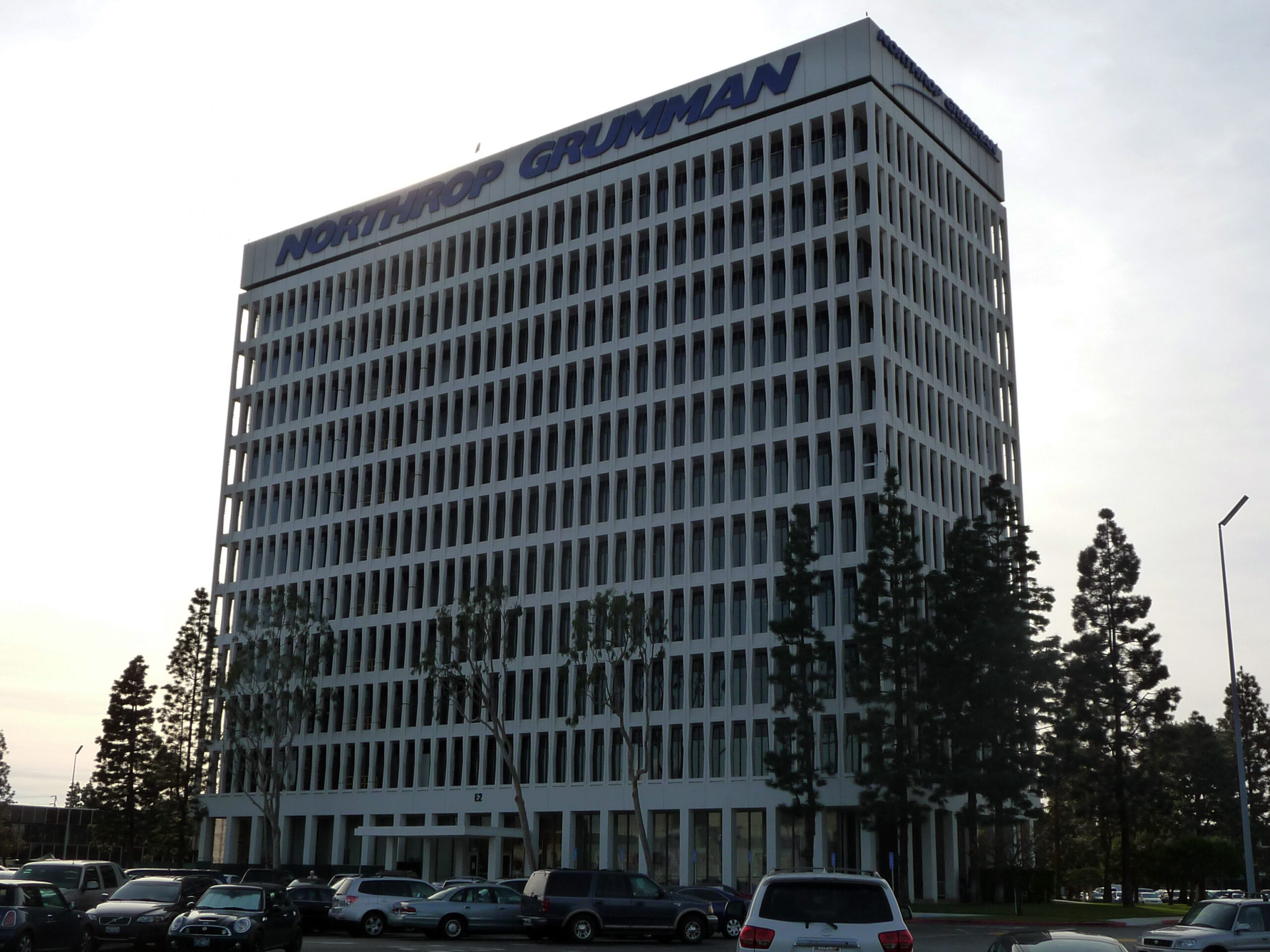Architect
A. C. Martin & Associates
A. C. Martin and Associates
Heirs to one of Los Angeles’ earliest architecture firms, the decedents of Albert C. Martin, Sr. built A. C. Martin and Associates into one of the region’s most prominent firms of the twentieth century.
Brothers Albert C. Martin, Jr. and John Edward Martin joined their father in the family practice before the onset of World War II. When wartime diverted men (and materials) away from the private sector, both brothers entered the service, along with most of the firm’s drafting and engineering staff.
After the war, the influx of returning soldiers into Southern California—as well as the baby boom of the 1950s—was a boon for A. C. Martin and Associates. The firm, along with commercial developers, responded to the growing demand for single-family housing by proposing a network of shopping centers to support the population sprawl into the suburbs. Opened in 1952, Lakewood Center would become one of the first of these large-scale centers designed with the features of an urban center and the automobile in mind.
Never straying far from their downtown roots, the firm wowed the public with the Los Angeles Department of Water and Power’s headquarters in 1964. The sleek, modern design, which conveyed opulence and refinement, contrasted perfectly to Lakewood’s enormous physical scale. A. C. Martin and Associates proved itself as the go-to firm in region, and they went on to design more structures in downtown Los Angeles than any other firm in the years after World War II.
By the end of the 1960s, the firm, then known as ACMA, operated three offices in the region and diversified its services to include architectural design software. The computing and engineering advances of the 1970s, along with the repeal of the city’s longtime limit on building height, changed the landscape of a downtown entering the corporate era. A. C. Martin took the lead during the seventies and eighties, a period marked by sleek geometric towers set away from the street and largely self-contained, such as ARCO Plaza, completed in 1972.
The nineties brought considerable change to the firm. The commercial real estate bubble of the eighties burst, and the firm consolidated in response to weak demand for new office space. As more companies continued to leave city centers for suburban business parks, ACMA followed them—to Irvine, Thousand Oaks, Westlake, and beyond. Edward Martin retired from the firm in 1997, a few years before his death in 2004. Albert C. Martin, Jr. died in 2006 at age 92.
Now known as AC Martin Partners, the firm is in its third generation of family leadership, with cousins David and Christopher serving as co-chairmen.
Related Places
-

Place
Baldwin Hills Crenshaw Plaza
-

Place
Rose Hills Memorial Park Chapels
-

Place
St. Basil Catholic Church
-

Place
Sears, Roebuck and Company, Pacific Coast Territory Administrative Offices
-

Place
Baldwin Hills Crenshaw Plaza
-

Place
Rose Hills Memorial Park Chapels
-

Place
St. Basil Catholic Church
-

Place
Sears, Roebuck and Company, Pacific Coast Territory Administrative Offices
-

Place
Fairfax High School
-

Place
1100 Wilshire
-

Place
City National Plaza
-

Place
The Academy Museum of Motion Pictures / May Company Wilshire
The former May Company Building continues to shine as the Academy Museum of Motion Pictures. -

Place
Union Bank Square
Significant for its Corporate International style design and Garret Eckbo landscape, Union Bank Square was the first com... -

Place
Westlake Village
-

Place
Figueroa Tower
-

Place
Northrop Grumman
-

Place
Lakewood Center
-

Place
Glendale Municipal Services Building
-

Place
Bank of America Plaza
-

Place
Department of Water and Power Building